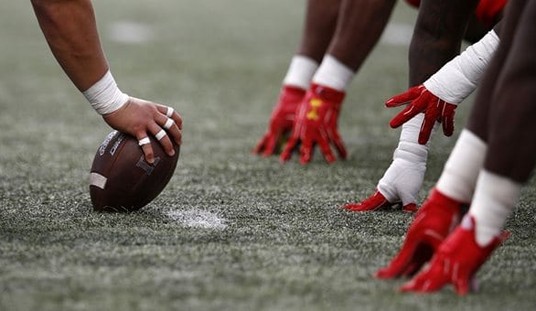You can probably guess your state’s economic competitiveness based on how much you pay in taxes and the makeup of your state government.
Just out: 2016 Rich States, Poor States economic outlook for every state → https://t.co/qPWKvdn16J#RSPS#ALECIdeaspic.twitter.com/LOp2d7qjVT
— ALEC (@ALEC_states) April 12, 2016
It doesn’t take a genius to figure out what the top ten states have in common — and what the bottom ten states have in common.
The economic outlook ranking is a forecast based on a state’s current standing in 15 state policy variables. Each of these factors is influenced directly by state lawmakers through the legislative process. Generally speaking, states that spend less — especially on income transfer programs, and states that tax less — particularly on productive activities such as working or investing — experience higher growth rates than states that tax and spend more.
The economic performance ranking is a backward-looking measure based on a state’s performance on three important variables: state gross domestic product, absolute domestic migration and non-farm payroll employment — all of which are highly influenced by state policy. This ranking details state’s individual performances over the past 10 years based on this economic data.
Rich States, Poor States: ALEC-Laffer State Economic Competitiveness Index is compiled each year by Dr. Art Laffer, Stephen Moore and Jonathan Williams and is a tool for state lawmakers across the country in forming state policy.
See the full report and how your state performs in domestic migration, gross domestic product, tax burden and employment policy at www.alec.org.















Join the conversation as a VIP Member